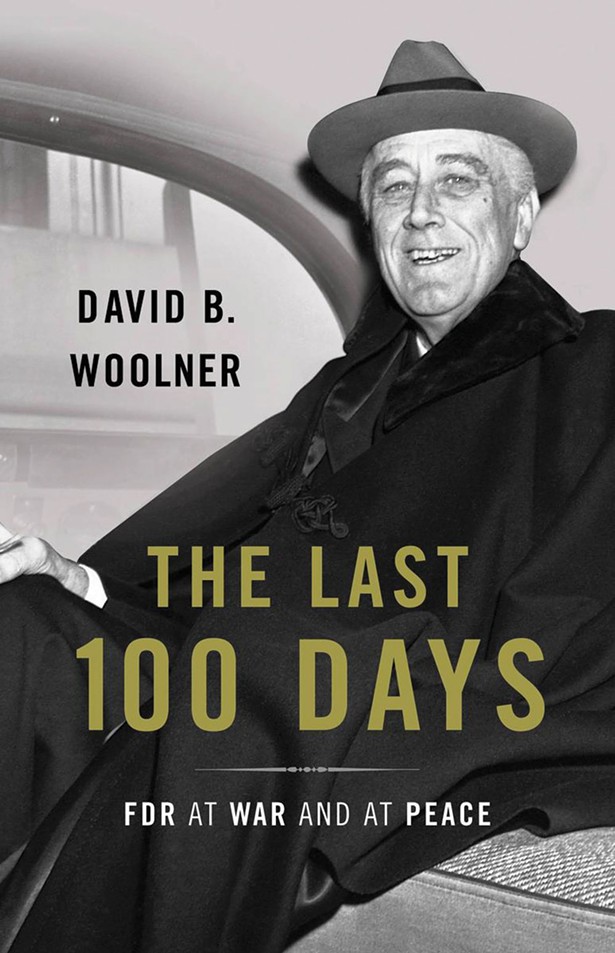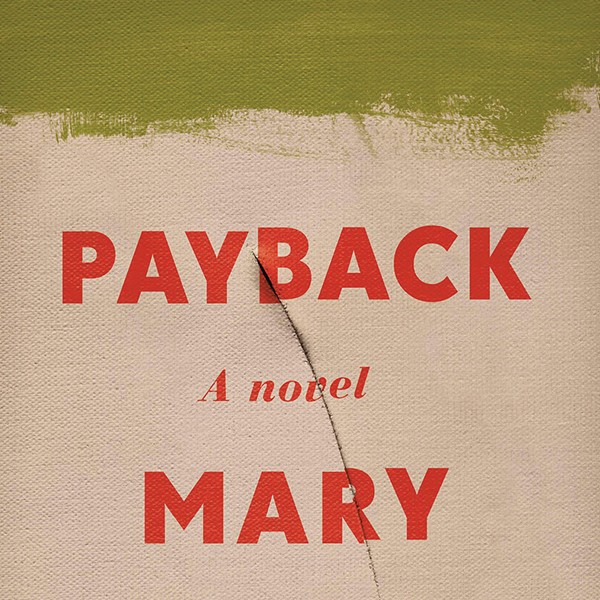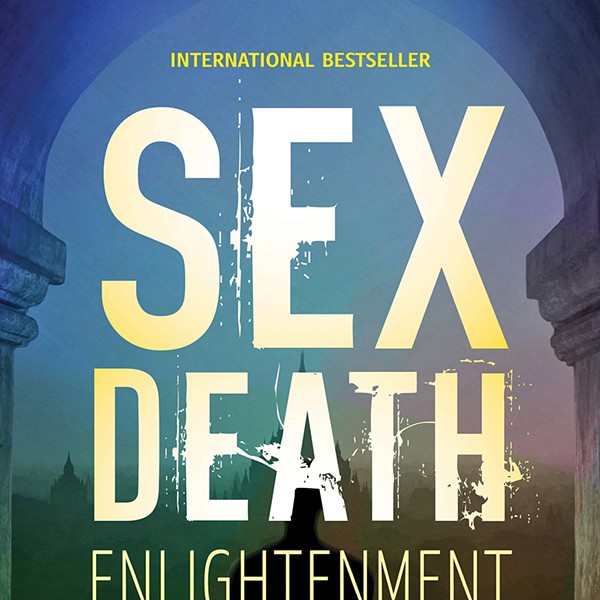After launching his "First 100 days" initiative, Franklin Delano Roosevelt, in coordination with Congress, passed 15 major pieces of legislation and created the benchmark by which every subsequent president's success is measured against. In David B. Woolner's The Last 100 Days: FDR at War and at Peace, the historian lays bare the final days of one of the most consequential presidents—if not politicians—of all time.
Woolner, who is a senior fellow and resident historian of the Roosevelt Institute and a professor of history at Marist, has written a comprehensive and expansive account of FDR's last 100 days. The final months of Roosevelt's life and administration are among the most significant in securing both his legacy and peace after World War II. From the last Christmas at his beloved Hyde Park to Easter in Warm Springs, Georgia, the book follows Roosevelt as he attempts to tackle some of the largest tasks of his presidency: deliberations at the Yalta Conference; defeating Germany and Japan; the future of Poland; the creation of the United Nations; the continued suppression of the "America First" ideology; and the American government's "first formal intrusion" into the Israeli-Palestinian conflict.
It's difficult to make history feel suspenseful, but Woolner effectively uses foreshadowing throughout the book to do just that. After the opening of the 79th Congress, he writes, the House and Senate could not have known that FDR "would fall victim to a massive cerebral hemorrhage exactly 100 days after the Speaker's gavel brought the new session into being." From that moment on, the reader is concretely aware of how much (or rather little) time the president has left. Woolner employs this technique in another emotional moment: the night of Roosevelt's fourth inauguration. After celebrating with friends, family, and his 13 grandchildren, Roosevelt says goodbye to his son as "James was scheduled to depart...just after midnight—never to see his father again." Despite knowing how Roosevelt's story ends, the anticipation Woolner conjures up is a welcome surprise.
While the book largely covers the physical deterioration of Roosevelt during his fourth term, Woolner makes the argument that mentally—and politically—the president was sharp until the day he died. For every mention of Roosevelt's weight loss, ashen complexion, or fatigued look, there are passages about his reasoning, decision-making, and ability to stay "just far enough ahead...to subtly lay the groundwork for future policy directives." The presidency ages those who are lucky enough to survive it, and Roosevelt had survived three times over. Many were concerned for his health and its very apparent decline but, as the book points out multiple times, they were equally concerned for a nation (and world) where Roosevelt was not at the helm.
It's hard not to draw parallels between Roosevelt's world and the contemporary one. The president believed that lasting peace could only be achieved if Americans were "citizens of the world community" without suspicion, mistrust, or fear of each other. As World War II came to a close, FDR feared the United States would once again "turn its back on the rest of the world"—a fear many share today as the current administration pushes an "America First" agenda. In the epilogue, Woolner provides a wonderful bit of wisdom for readers: "We should reflect on the price that Franklin Roosevelt and so many hundreds of thousands of other Americans paid to secure global peace." This book serves as a reminder that peace is found between nations, not from an isolated perch.
Along with being well-researched and carefully crafted, The Last 100 Days is a sweeping, illuminating, and thoughtful portrait of a man who gave everything he had—including his life—to the nation he loved.


















